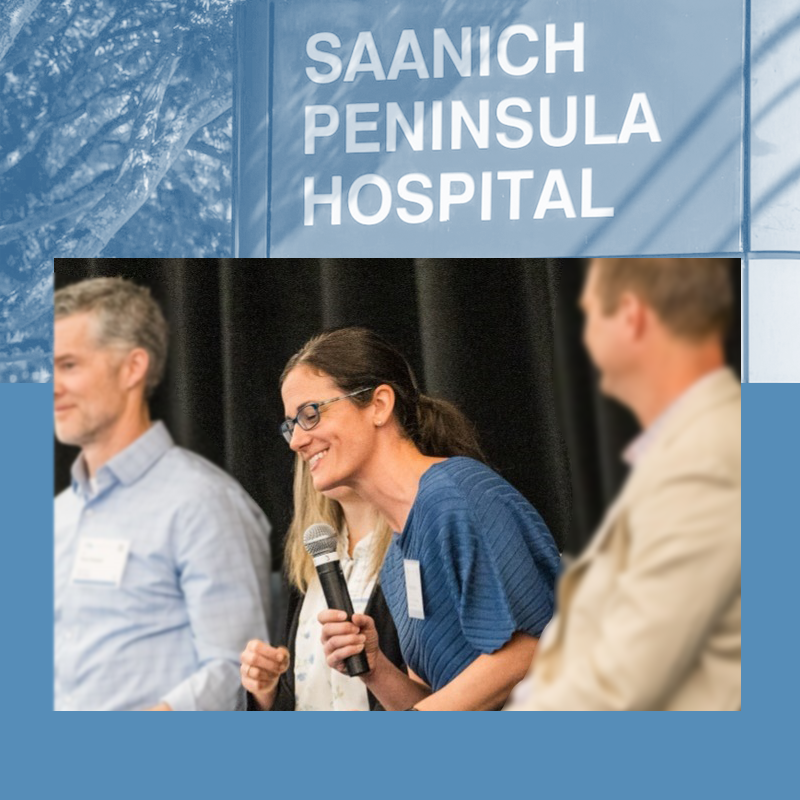
2024 Lightning Talk: Physician Orientation/Onboarding, Dr Sienna Bourdon (photo), Saanich Peninsula Physician Society
Easy-to-access central repository
The Saanich Peninsula Hospital (SPH) MSA has optimized physician orientation by creating a site-specific, comprehensive onboarding document for new medical staff.
It details necessary information and steps that new medical staff need to take before their first shift, such as:
- An introduction to MSA Executives, Island Health Leadership and Site Administration
- A list of specialists and services, including how to access them
- The MRP payment model
- Documentation for standards of practice for all MRPs who provide inpatient care at SPH
- A step-by-step processes for urgent physician absences
- Cultural safety information with orientation to the four local First Nations communities
- Workplace bullying and harassment policy
From there, new medical staff are given one-on-one site tours around the hospital to enhance their familiarity and comfort with the environment.
Support for new medical staff: comfort, more time for patients
- New medical staff are able to quickly integrate into the hospital, reducing the time it takes to become fully productive and engage in clinical work.
- They feel welcomed, supported, and prepared for their first day on the job, which in turn fosters that positive engagement contributing to overall job satisfaction as part of the team.
- They are more likely to understand and align with the organizational and facility culture is, which fosters a sense of belonging and shared values.
- The process creates strong colleague connections, and contributes to reduced turnover.
Lessons and success factors
- Small projects can definitely have a large impact on the facility and the team.
- It’s helpful to have the information documented so when individuals leave or transition roles, the information doesn’t leave with them.
“There are many steps in the onboarding process and a lot of information was being held in the brains of individuals, and now we have in a document for knowledge translation and succession planning.” – Dr Sienna Bourdon
More resources
- Lightning Talks presentation slides
- Example: Saanich - Physician Orientation and MRP Standards - Jan 24, 2024.pdf
- https://medicalstaff.islandhealth.ca/ms-onboarding-getting-started
![]()
 |
 |
 |

